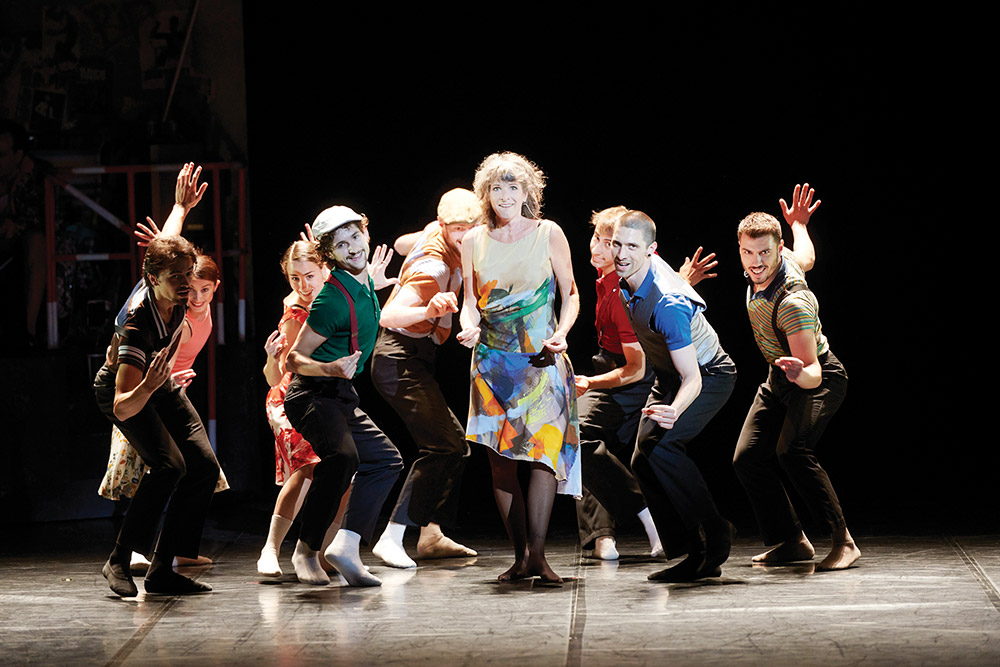

The Arriaga Theatre sometimes offers us shows that have no place in large theatres due to their uniqueness, demand for a more intimate space or for other thousand reasons. That doesn't mean they're not that interesting. The opposite is often the case.
On this occasion, and appropriately, the Casco Viejo, the sung ballet, which the composer Kurt Weill himself named, is closely linked to the exhibition at the Guggenheim Museum from May to September on the crazy decade of the 1920s.
Weill is a very special composer. It can be said that it is the perfect reflection of the so-called Europe of interwar, even more so of Germany. It is between the militaristic expansion caused by the First World War (1914-1918) and the nationalist movement (1939-1945) that will lead the world to ruin during the Second World War. Kurt Weill is an indispensable element in understanding the two decades of ‘peace’ between the two wars, full of fights, contradictions and cabarets.
In this context, the hard work of classifying the Seven Deadly Sins is framed. It's not opera or ballet, it's special and unique in its genre. This play narrates the story of Anna, a woman doubled in the show, with Anna I as a dominant voice and Anna II as a dancer. Both are one and make a vital journey for seven years through seven cities in which they know the seven deadly sins. Anna I is a pragmatism and Anna II reflects the sentimental dimension, thus conforming. The journey ends at the starting point, i.e. in the family home. The 'family' is represented by a male quartet – two tenors, baritone and low, who acts as Anna's mother – who always intervenes collectively and counts, qualifies and describes Anna's vicissitudes in each city and in the face of each sin.
Soprano Nicola Beller-Carbone performed a magnificent performance in terms of her great interpretative capacity, although she was not at her best vocally. Iratxe Ansa (dancer) gave the character credibility and completed with the soprano to make an excellent version of the double character. The vocal quartet (the family) was fine, although the conjunction of four voices, the package and the most desirable balance.
Bilbao Sinfonietta, under the direction of Iker Sánchez Silva, carried out his work effectively, correctly highlighting the voices.
